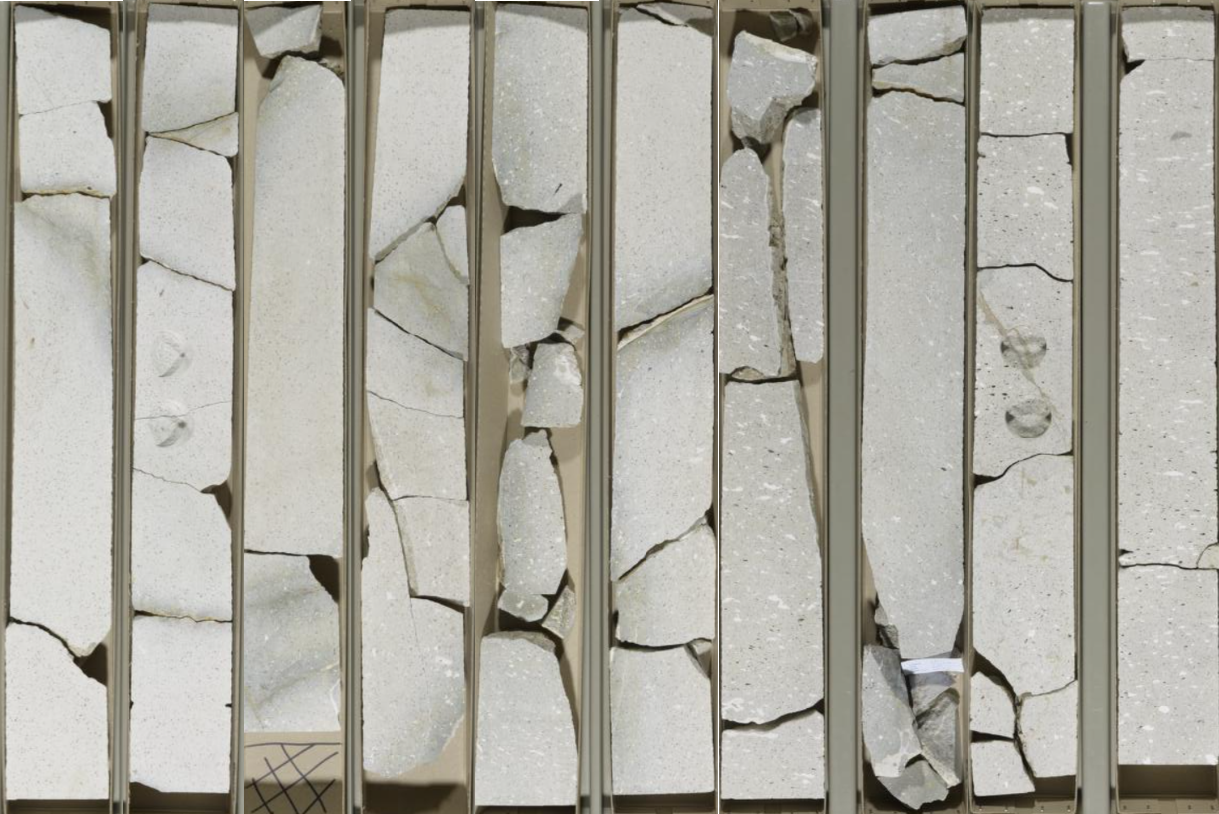Well 205/10-5a was spudded in 1997 by Chevron in the UK Faroe-Shetland Basin, targeting what looked like a Paleocene turbiditic sandstone on the Flett High.
Seismic data indeed suggested a fan-shaped body with an anomaly that could also match a potential reservoir. In addition, the anomaly was markedly different from the ones caused by the numerous mapped intrusions in the area.

be the heat source causing crustal melting to generate silicic magmatism. There are no
large igneous centres near this location. Seismic data courtesy of PGS (FSB MegaSurvey
Plus). Source.
Most intrusions in the Faroe-Shetland Basin have a mafic character and can be easily interpreted in seismic data as a consequence of their high densities and velocities and the resulting high impedance contrast with the surrounding sedimentary rocks. Also, many cross-cut the stratigraphy, which also helps identification.
So, when the cuttings recorded an increase in quartz content in 205/10-5a, the initial response was positive – this was surely the start of the reservoir section. However, when the core came to surface, it soon became clear that the quartz didn’t belong to a turbiditic reservoir, but a silicic intrusion instead.
This must have been quite a surprise for the company, and not a good one for sure. The problem obviously was the expectation that the far majority of intrusions in the area had a mafic character and the anomaly not corresponding to such a setting must have provided confidence.
As Niall Mark and his co-authors clearly describe in this paper published in Marine & Petroleum Geology in 2017, the silicic intrusion drilled in 205/10-5a is characterised by a lower density than the surrounding host rocks while the gamma-ray only shows a minimal change.
The findings of this well made it clear to better factor in the risks of not only drilling mafic intrusives but also silicic ones, even when a volcanic centre nearby is not known. It also shows the importance of assessing multiple geophysical scenarios that can account for a variation in mineralogical content.
With this in mind, the Energy Group of the Geological Society is organising a conference taking place 8-9 September this year, highlighting the impacts of volcanism on sedimentary basins and their energy resources. As the example illustrated above shows, there is still a lot to learn!
HENK KOMBRINK
Thanks to Nick Schofield from Aberdeen University for highlighting this case study.





